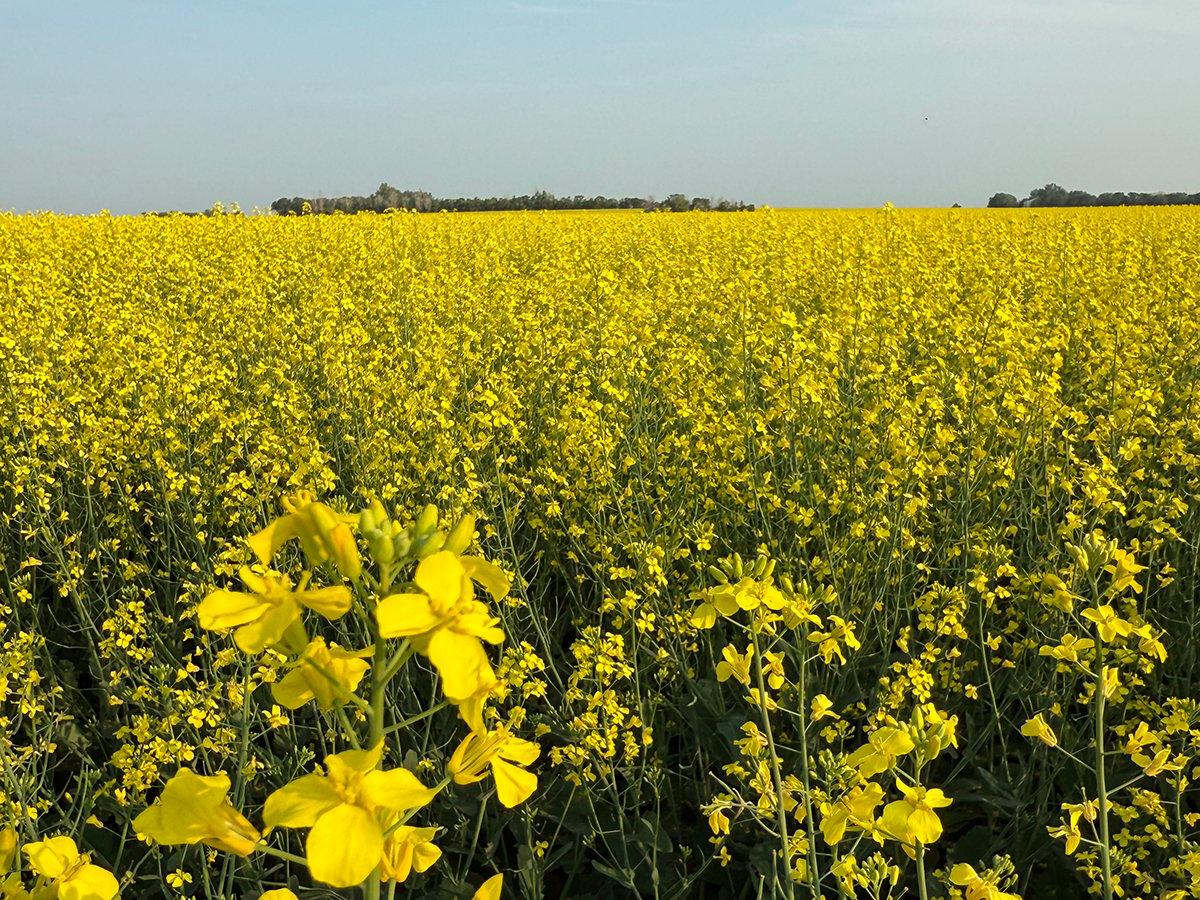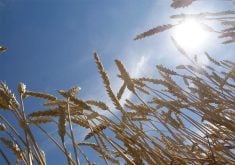Edwin Harms finds himself caught between the proverbial rock and a hard place. Raising elk is no longer profitable, but the Cartwright, Man., producer cannot afford to leave the industry after investing more than $100,000.
The province recently brought in new regulations that allow Manitoba elk growers to euthanize and bury their animals on their farms.
Some producers might choose that option, but Harms said he won’t be among them.
“I just can’t walk away from this. I’ve invested an awful lot of money in fences, handling facilities, the whole bit.”
Read Also

Canola support gets mixed response
A series of canola industry support measures announced by the federal government are being met with mixed reviews.
The provincial regulations that came into effect Jan. 1 allow Manitoba elk growers to kill their animals with a gun or an injection.
It’s a measure intended to help producers who see no other way out of an industry that has seen the value of its animals and their antlers tumble to depressing levels.
“I hope we’re as low as we can go, but I’m not sure that’s the case,” Harms said.
There are 67 registered elk farms in Manitoba, including those operated by First Nations.
That’s down from about 100 registered operations a few years ago when elk breeding stock could top $10,000 per animal and antler prices were above $100 a pound.
Antler prices now are below $20 per lb. and there are reports of animals selling for $250-$500 per head.
Tom Gilmore, president of the Manitoba Elk Growers Association, said there may be a limited number of elk growers who choose to kill their animals.
However, he does not consider the elk industry dead in Manitoba.
“I think we’re still hopeful that things can turn around.”
Some of the effort now, he said, is on getting regulations for Manitoba’s elk industry trimmed so the costs are less burdensome for producers.
There’s also an effort to build more North American demand for the antlers, since they cannot be sold into the more lucrative markets of South Korea and China.
The discovery of bovine spongiform encephalopathy in an Alberta cow last year added to the industry’s woes.
The American ban on imports of Canadian live cattle was also applied to elk and other ruminants.
Some producers who had been exporting bull elk to the United States to be used on hunt farms don’t know when the ban will be lifted so exports can resume.
“I had an animal that was worth $2,000 (US),” said Harms, referring to the market for bull elk in the U.S. “Now I’ve got an animal that’s worth virtually nothing.”
There was hope a few years ago that elk could be included on hunt farms in Manitoba.
That hope ended in 2002 when the province prohibited the hunting and killing of native or exotic wildlife in a fenced or enclosed area.
Gilmore said the association is still working on regulations that would allow Manitoba bull elk to be exported to Saskatchewan, where hunting of farmed elk is allowed.
Harms said government programs announced last year for livestock producers affected by the BSE situation did not help him because of their design.
Recalling that the provincial government encouraged producers to diversify into elk production in the 1990s, Harms said it is insulting that the province’s latest support for producers is to implement regulations allowing them to shoot and bury their herds.














